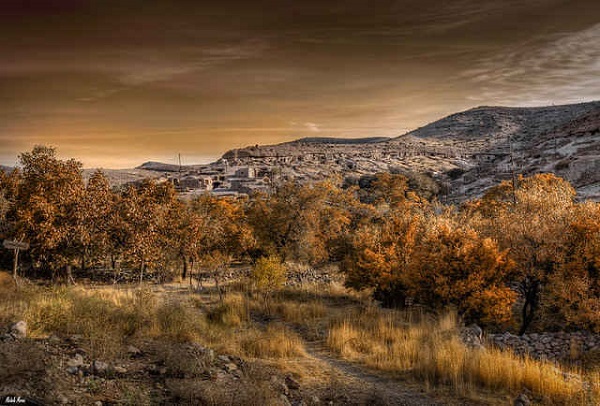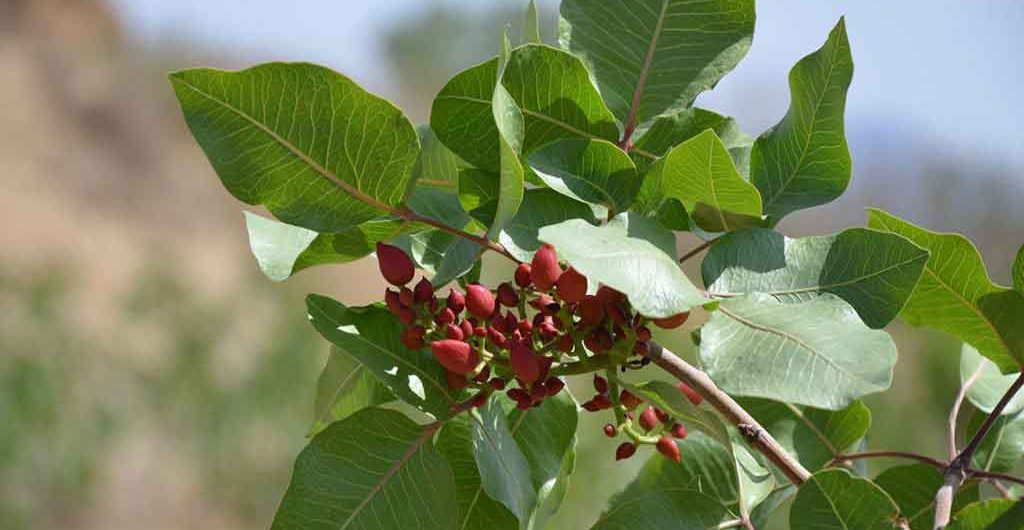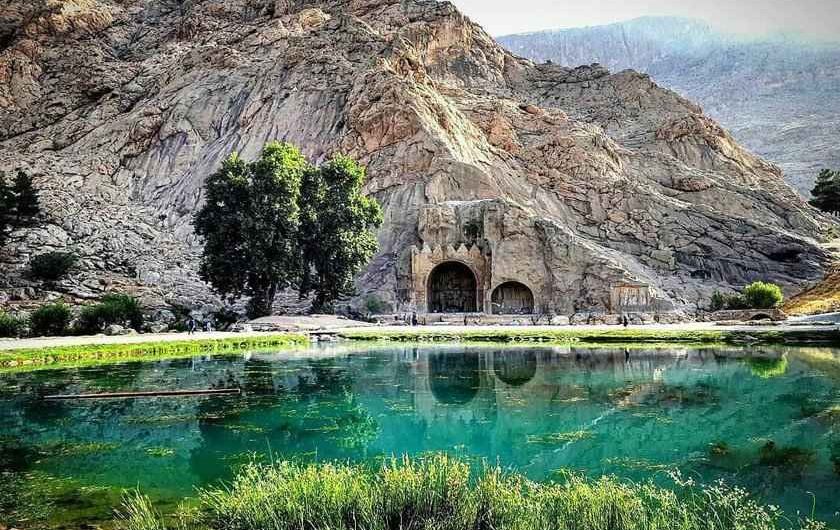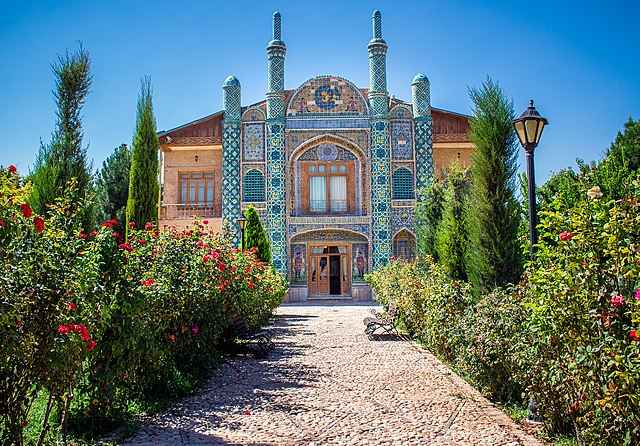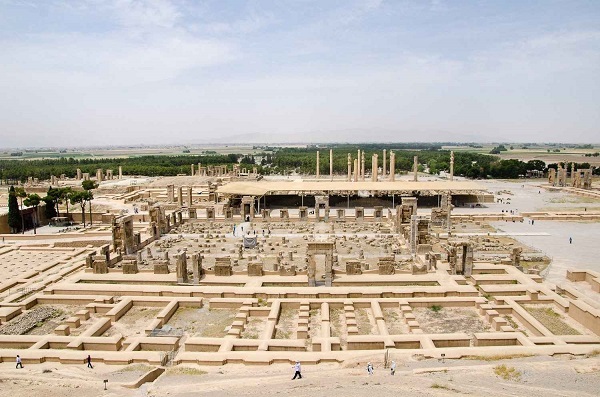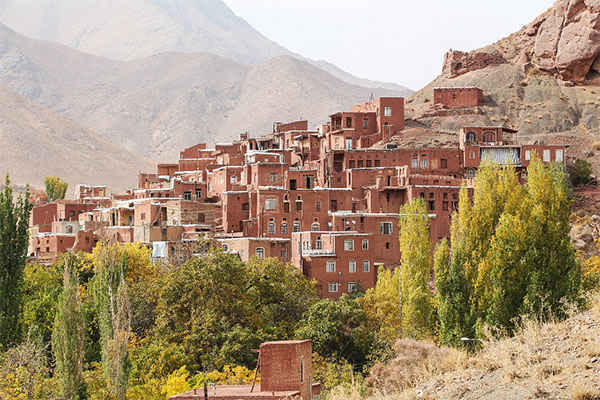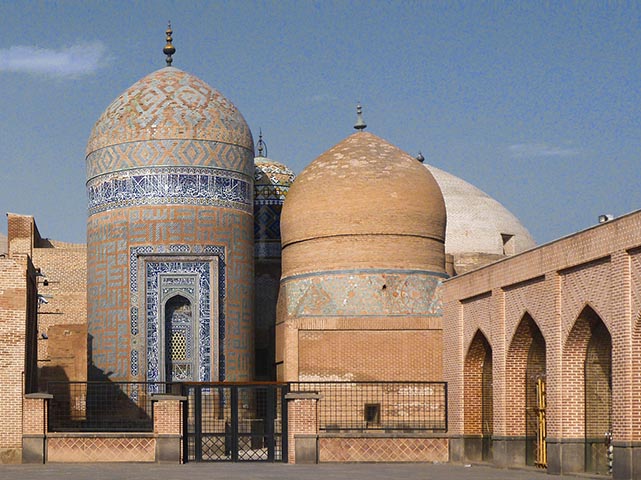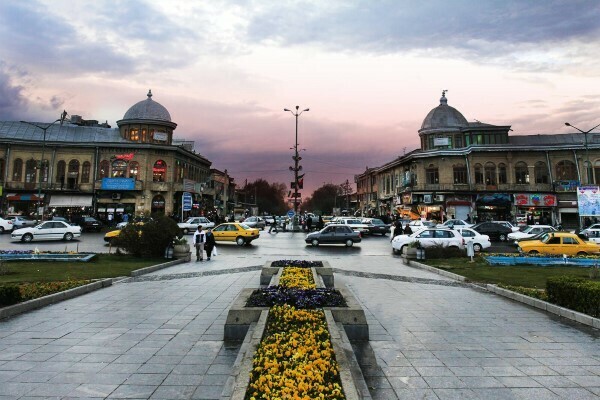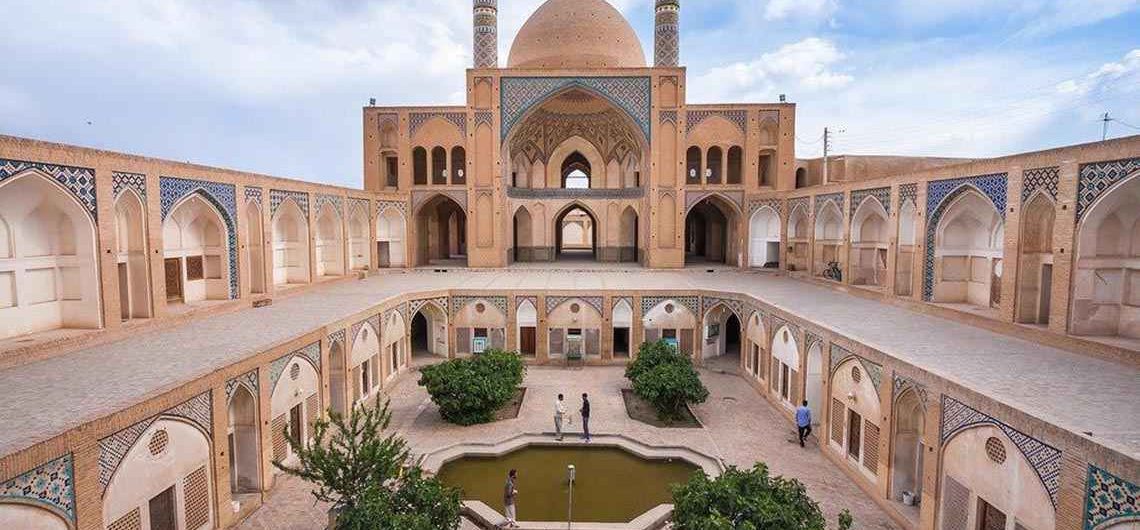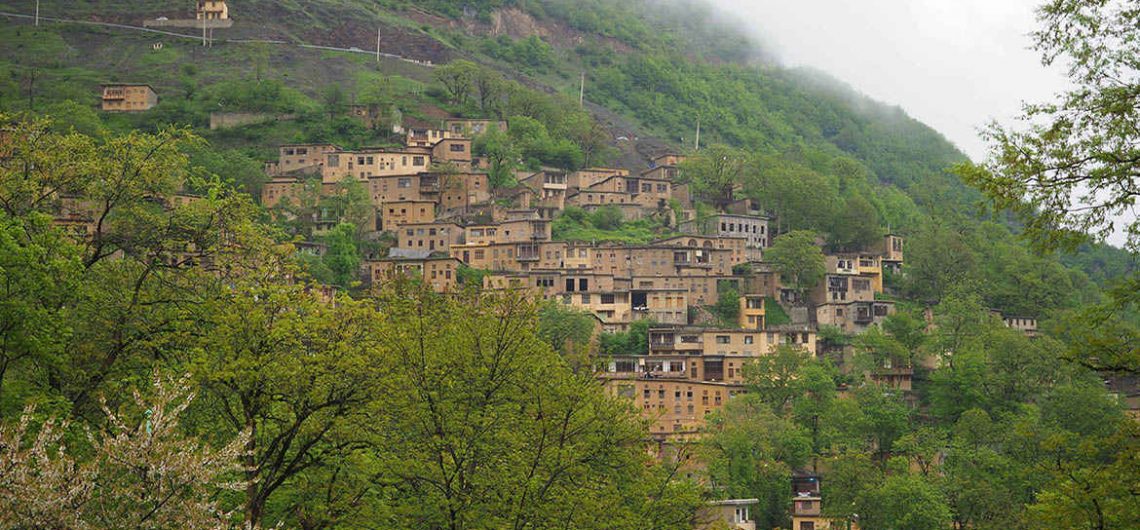Meymand One of the oldest settlements in Iran, a 3,000-year-old handmade rocky town. The town is located in a valley surrounded by mountains, in the province of Kerman, whose first inhabitants decided to excavate caves in the mountain rocks and settled there. Today, the rocky houses, called Gonbeh or Kiche, some of which have been inhabited for millennia, are home to about 350 villagers. The locals have maintained their ancient customs, which has led to a semi-nomadic lifestyle and the use of an ancient Persian dialect. The town cannot be missed if you like photography, hiking, camping, nomadism and mountainous landscapes. The village won the UNESCO International Prize for its ability to preserve its lifestyle despite high temperatures and cold winters in 2005 and was added to the UNESCO World Heritage List in July 2015. It is a small village in Iran, where time has stood still for several millennia. All around the historic village of Maymand, there are pomegranate and pistachio orchards add a touch of green to the arid landscape. Older men and women are busy on farms. The houses are equipped with electricity but do not have air conditioning. They don't need it because these rock-cut fireplaces naturally promote freshness. These villagers live a simple, almost primitive life, although some take advantage of some of the services offered by modern life. It is a beautiful village where peace and tranquility reign. A sort of work of art in perfect harmony with nature. If you are passionate about the mountains, trekking in the desert, a thousand one nights, camping in the desert in Iran, nomadism, photography, anthropology, historical landscapes and the fascinating culture of the Middle East SITO Travel helps you to organize your trip to Iran, you can contact us and rely on us, because our experience
Meymand
One of the oldest settlements in Iran, a 3,000-year-old handmade rocky town. The town is located in a valley surrounded by mountains, in the province of Kerman, whose first inhabitants decided to excavate caves in the mountain rocks and settled there. Today, the rocky houses, called Gonbeh or Kiche, some of which have been inhabited for millennia, are home to about 350 villagers. The locals have maintained their ancient customs, which has led to a semi-nomadic lifestyle and the use of an ancient Persian dialect. The town cannot be missed if you like photography, hiking, camping, nomadism and mountainous landscapes.
The village won the UNESCO International Prize for its ability to preserve its lifestyle despite high temperatures and cold winters in 2005 and was added to the UNESCO World Heritage List in July 2015.


